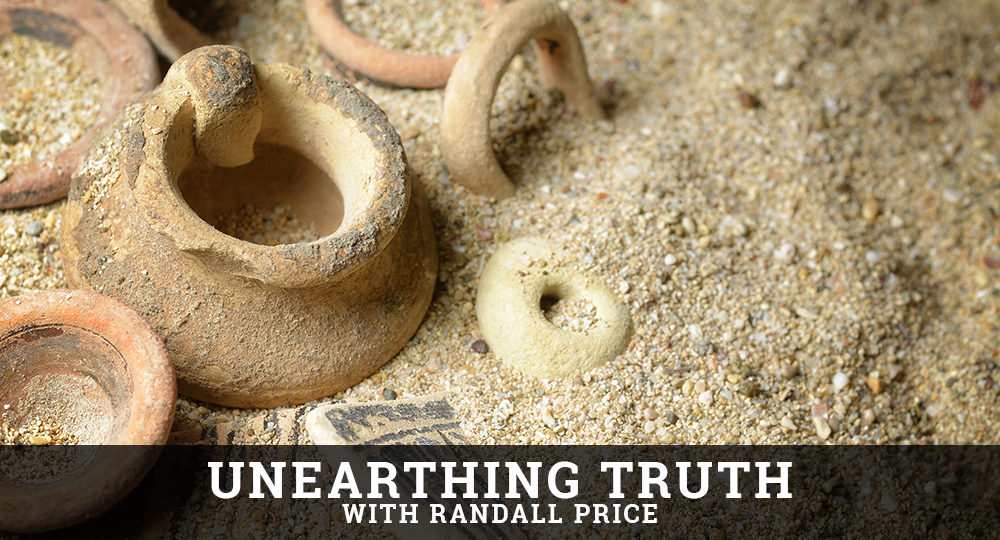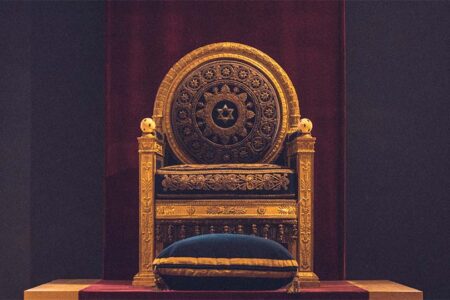An Ancient Witness to the Messiah
Many people wonder what the ancient Hebrews thought about the coming of the Messiah. Some see the New Testament as fabricated Messianic prophecy and believe nothing in the Old Testament was actually predictive. Those who teach this view say Jesus taught His disciples to interpret figurative patterns in Scripture that could be compared to His life and ministry but that those patterns were not discernable to others, especially the ancient Jews. Consequently, many wonder what the early Hebrews could have even known about the coming of the Messiah.
Fortunately, we have ancient Jewish documents that tell us the Jewish people did have an understanding of the Messiah prior to the time of Christ. Many such documents are part of the collection of ancient texts and commentaries known as the Dead Sea Scrolls. One in particular stands out.
Known as Testimonia (4Q175), this document was discovered with many others in Cave 4 at Qumran, an ancient Jewish settlement near the Dead Sea that existed from 150 BC to AD 68. The almost complete text, written in ink on parchment (animal skin), is dated to 90 BC, almost a century before Jesus’ birth. It contains a list of Messianic expectations written in a chain-text style (cf. Hebrews 1:5–13) that links biblical passages together in a continuous stream.
Some of the passages, such as Numbers 24:15–17 and Deuteronomy 18:18–19, are familiar proof texts for the Messiah. Others, such as Deuteronomy 5:28–29; 33:8–11; and Joshua 6:26 are unfamiliar as Messianic texts. However, this document confirms the ancient Jewish community believed in the Messiah’s coming, and Jewish people felt they could discern prophetic texts in their Scriptures that made this case.
Testimonia begins with Moses’ hope from Deuteronomy 5:28–29 that if the Israelites would fear the Lord and keep His Word, God would raise up a Prophet like him from among them, place His Word in the Prophet’s mouth, and require it of the nation. Then it cites Numbers 24:15–17, explaining that this is the one of whom Balaam prophesied: a Star from Jacob and a Scepter from Israel to defeat Israel’s enemies. Then, using Moses’ words to Levi in Deuteronomy 33:8–11, it says this one will bless those in Israel who keep the covenant and destroy its foes, explaining that the foremost foe will be Belial (Satan or the Antichrist) who will be a deceptive trap and instrument of violence in Israel and who will commit a blasphemy in Jerusalem and shed blood.
These ancient Jews obviously understood the King-Messiah will come to defeat Israel’s enemies, especially the Antichrist, who will bring about the abomination of desolation (Mt. 24:15) and the Tribulation’s persecution of the Jewish people (vv. 16–21). That is a lot of Messianic information from a people without Jesus’ interpretive guidance or a New Testament!
The writer of Testimonia also wrote another important Qumran document: Rule of the Community (1QS). This text also contains a prophetic expectation of the Messiah’s coming (based on Isaiah 25:6–9) and a future Messianic banquet that will climax Messiah’s victory and His installment as King in Jerusalem (Ps. 2:1-6; Zech. 14:1–9). There, the Messiah is explicitly referred to as “the Messiah of Israel,” and instructions are given as to how the Jewish community is to receive Him at that time.
Archaeology has revealed the ancient Jewish people not only knew about their Messiah, but they also encouraged the Jewish community to believe God’s Word and look for Him who will redeem Israel.








